
8 Ways You Can Repurpose Your Christmas Tree in the Garden
Don’t toss that precious pine—here’s how to easily turn it into garden gold.
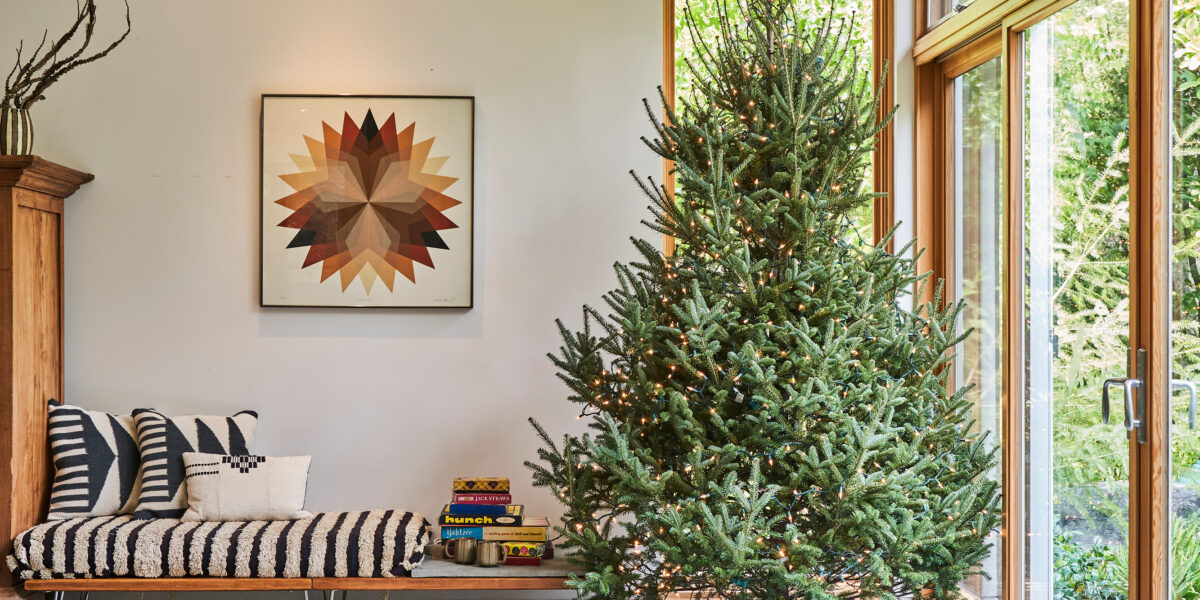
Somehow the five weeks between Thanksgiving and New Year’s Eve never seem like a long enough time for enjoying the holiday display, and yet my Christmas tree has started to droop and drop needles well before now. As I started to take down the ornaments to time the tree pickup perfectly with the city’s haul-away dates, I questioned why I’ve never tried using the whole tree in the garden. Sure I’ve composted parts, but most of it goes into the city green bin just like I’ve been instructed. But why am I listening?
So this year, I’ve challenged myself to repurpose every bit. Every needle, every bough—even the trunk—throughout my garden. Let me tell you, once I started breaking it down and deciding on the places and ways it could be used, it no longer seemed like a challenge—but a gift! Which is why this year, I’m encouraging you to try the same.
The hardest part? Getting the strings of lights off without wasting precious pieces of pine. So I recommend lugging your tree outside in a place where you can use some needles before tugging those cords (and half of the tree’s needles) free. Here’s to finding more ways to give back to our gardens with the things that don’t need to end up in our landfills.
1. Free Mulch
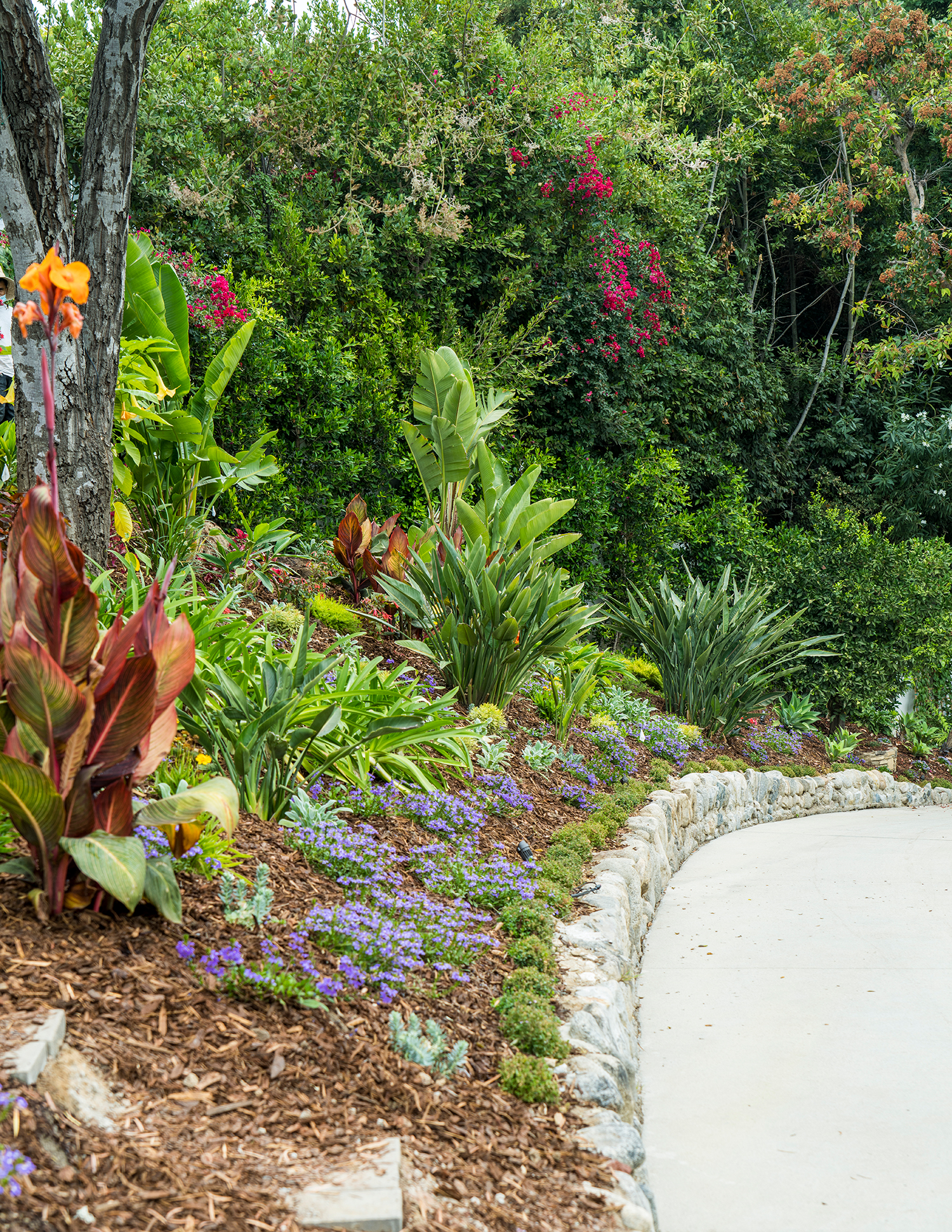
Thomas J. Story
Easiest, satisfaction-guaranteed use. Break down smaller branches and gather up dried fallen needles (also known as pine straw) and use them as soil insulation for the colder months ahead. If you have a chipper, you can break down larger pieces and scatter those around plants as well, always being mindful of leaving 2 inches of breathing room around trunks and central stems to avoid rot. Pine has more acid than other mulches—which means it will perform best around landscaping plants vs. vegetable beds, however edibles such as blueberries, onions, and strawberries won’t mind the lower pH.
2. Fill Large Raised Beds
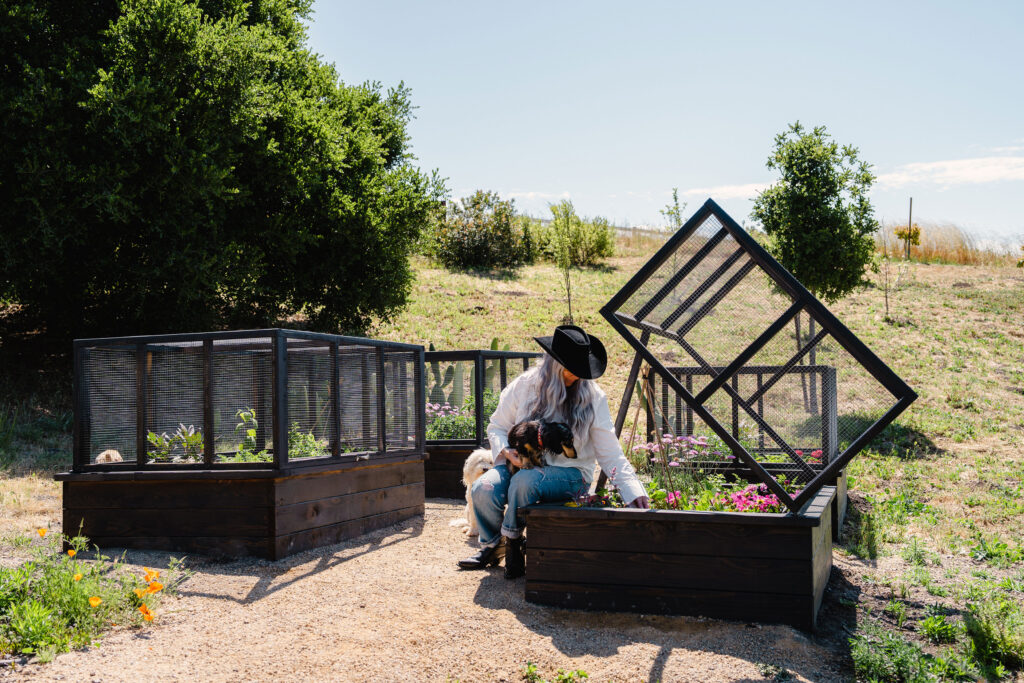
Thomas J. Story
If you have deep or larger-sized raised beds, you know how expensive it can be trying to keep them filled with quality soil. By layering pine branches and the broken down trunk at the bottom of your beds, you will not only save money, but also enrich the soil above. Depending on the depth of your bed, start with a 6-12 inch layer of organic material and then top with a mixture of organic soil and compost. You can mix other branches, leaves, newspaper, and even cardboard into your bottom layer if your Christmas tree isn’t enough.
3. Try Your Hand at Hugelkultur
Ditch the traditional raised bed all together and dig yourself a trench piled high with logs, branches, and organic matter. Once the trench is in place, build the outer structure with pine trunk and large branches for support and then mound additional organic matter and soil in the center. Over time it becomes a nutrient-rich garden bed with exceptional drainage, requiring less watering and very little maintenance or fertilizer. Perfect for small-space gardens, and unlike raised beds with only the top layer available for planting, Hugelkultur mounds allow for more surface area and the ability to plant out from the sides as well.
4. Path & Garden Bed Edging
Cut thick branches and the trunk into various stump-like chunks and line them up vertically along pathways or in-ground garden beds to create an organic border. A much more sustainable option to plastic edging, wood works just as well creating structure within the garden and gravel paths in their place.
5. Garden Stakes & Trellising
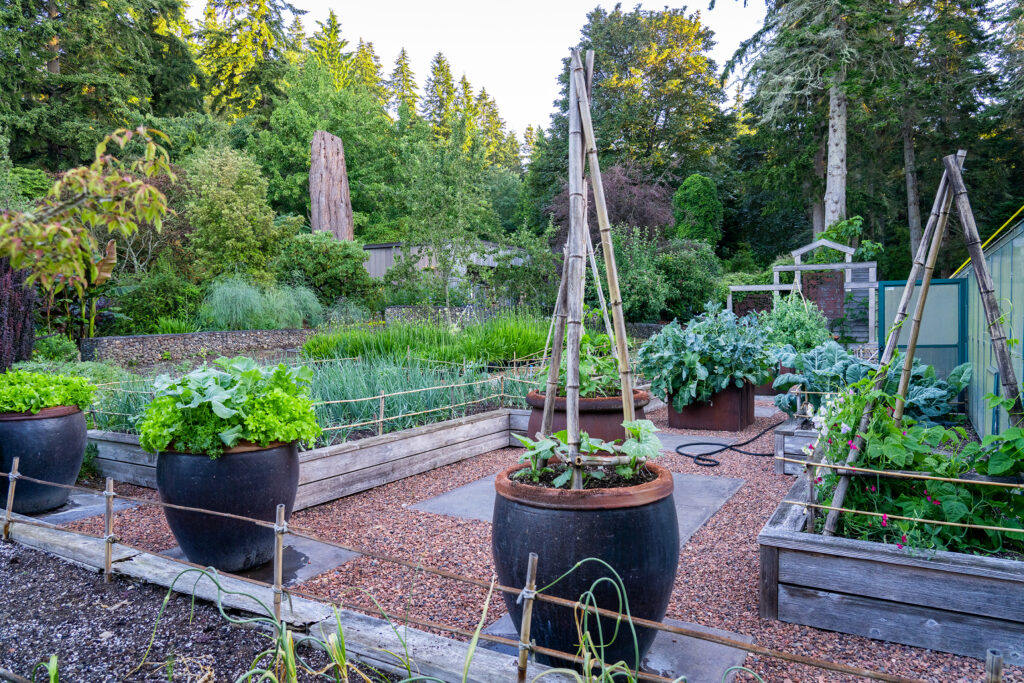
Thomas J. Story
We are big fans of DIY garden trellising and while bamboo stakes can get pricey, there is no reason not to tap into any kind of branches for plant support—pinetrees included. Simply cut the largest branches from the tree and strip off all needles (save those for mulch or compost). Use a wax-coated lashing cord instead of twine to keep parallel branches tight, in place, and able to take on the weight of growing plants throughout the season.
6. Wildlife Habitats & Bug Snugs
While hauling and leaving the entire tree in a backyard corner for critters to nest in might not be a desirable option for some (but an awesome idea if you have some extra open space teamed with wildlife), creating smaller habitats and refuge from the elements is possible on a smaller scale. The “bug snug” is an easy-to-pull-off version of the “bug hotel” where you simply create a tripod structure with pine branches, securing the top with twine, and then filling the middle with stacked branches, needles, and any nearby leaves. This kind offering provides a safe space for critters to over-winter and a nesting material resource for birds.
7. Chicken Bedding & Perching Activities
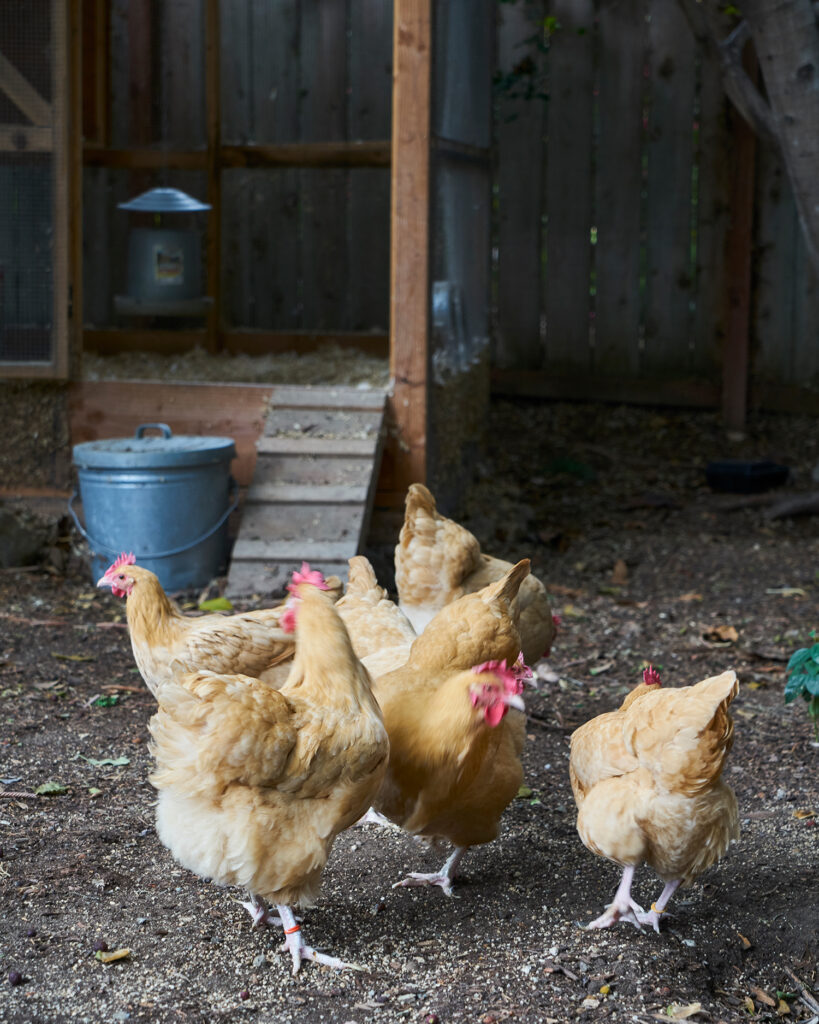
Thomas J. Story
If you have backyard hens, you know they are curious chicks and would love a new activity during these colder months when there’s less plant material to forage from. First, make sure your tree is untreated, then simply cut large branches (or just use the whole tree) and place inside the run for exploring (fun fact, they can peck it—needles provide additional vitamin C). Collect dry needles and add to your roost bedding, or just leave tree/branches in the run as a new roosting spot that will also provide insulation and wind protection during the colder months.
8. Compost
If you have any bits and bobs left, compost them. If you have an entire tree that you don’t want to use within the garden, compost it. If cut into small pieces and turned regularly, it can be ready to use in as little as three months. Often compost piles are lacking carbon-rich brown matter (which is the number one cause for bugs and stink), so take advantage of this freebie that will balance your blend and give back to your garden for many growing seasons ahead.
